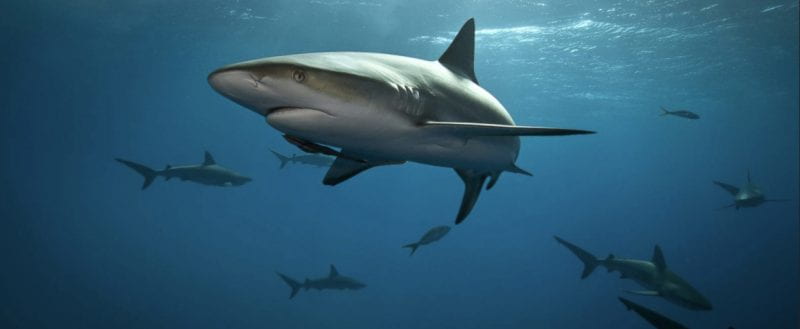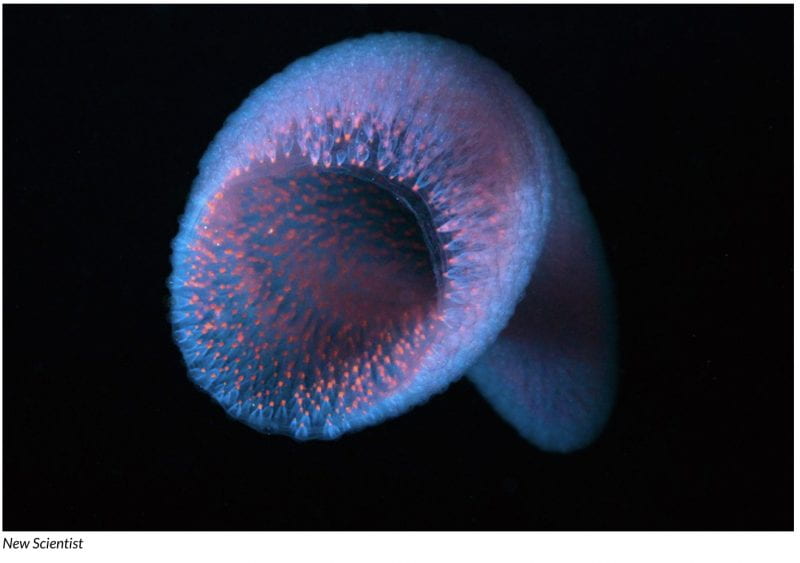Alumnae Projects Put Marine Bacteria Under the Microscope


 We are familiar with the catch phrases “Light my fire” and “Fins up.” They now fit very well with two new NSU publications in the scientific journal Frontiers of Marine Science and Frontiers of Microbiology, respectively.
We are familiar with the catch phrases “Light my fire” and “Fins up.” They now fit very well with two new NSU publications in the scientific journal Frontiers of Marine Science and Frontiers of Microbiology, respectively.
The papers were written by two HCAS alumni: Rachael Storo (formerly Karns) and Alexis Berger. The papers focus on their master’s theses and are published in peer reviewed journals with the guidance of their mentor, HCAS biology Professor Jose (Joe) Lopez, Ph.D.
The two projects share a commonality with their focus on marine microbial symbionts, which represent the beneficial or neutral bacteria that live with or on most eukaryotes (multicellular organisms). For example, some bacterial symbionts help digest food in the guts many animals, or procure nitrogen for plants.
Using the latest molecular genetics and statistical tools, Storo investigated the composition of bacteria at four different anatomical locales (gills, teeth, skin, cloaca) from five different shark species found in South Florida waters (nurse, lemon, sandbar, Caribbean reef, and tiger). Her findings showed that the teeth microbiota may have been the most distinct communities across the different locales. The data can provide useful bacterial identification for shark bites (as well as bytes) in the future.
In a completely different animal system but no less charismatic, Berger aimed to test the hypothesis that bacterial symbionts generated light for the pelagic (floating) invertebrate called “pyrosomes”. These tunicate animals were aptly named because they can light up the oceans with their self-generated bioluminescence. This phenomenon of glowing can be a fairly common trait among organisms living at depth. The recently completed DEEPEND project assisted in the collection of pyrosomes in blue waters of the Gulf of Mexico.